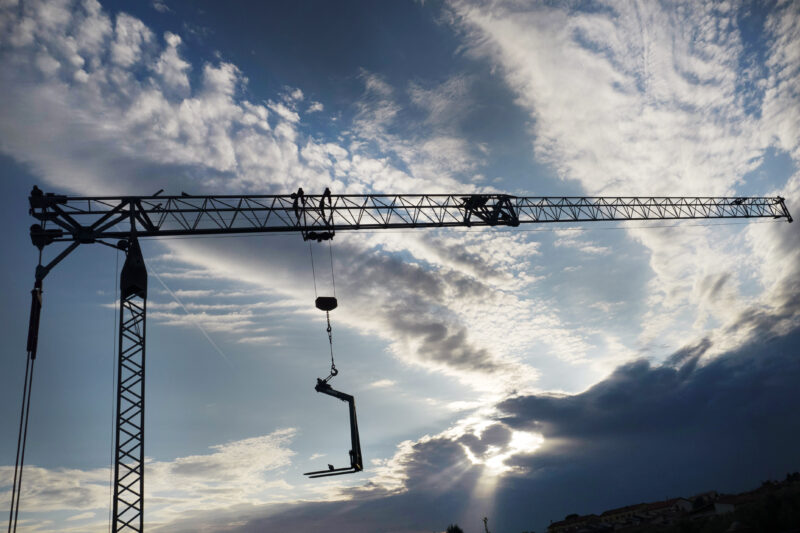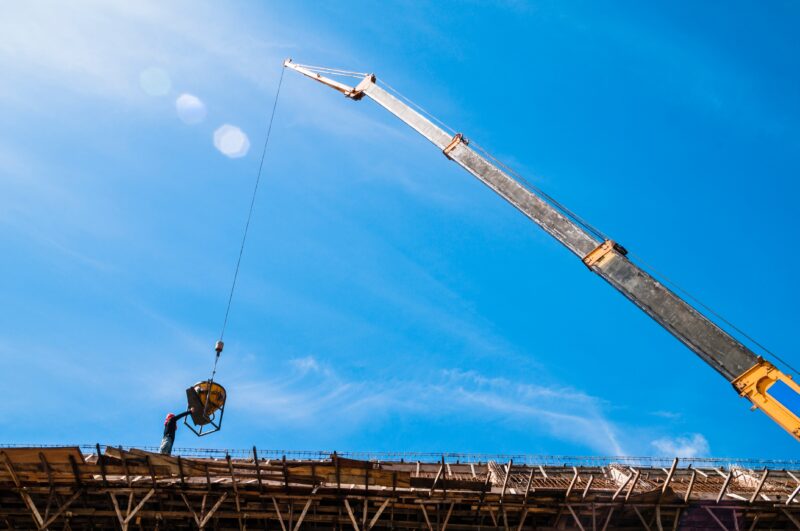Understanding OSHA Wind Speed for Cranes: Beyond the Numbers

Operating cranes safely in varying weather conditions requires more than just routine checks—it demands a clear understanding of how wind affects operations. When it comes to wind speed, many contractors mistakenly believe that OSHA sets a definitive limit. In truth, OSHA focuses on hazard recognition and competent judgment rather than issuing a hard number. To work safely and stay compliant, it’s vital to understand OSHA’s expectations, follow manufacturer guidelines, and apply real-time wind monitoring tools. This article explores why no universal threshold exists and how you can meet OSHA requirements on every job site.
No Fixed Number: OSHA’s Position on Crane Wind Speeds
Contrary to popular belief, OSHA does not define a single, fixed wind speed limit for crane operations. Instead, it requires on-site personnel to exercise professional judgment based on real-time conditions. According to OSHA 29 CFR 1926.1417(n), “The competent person must adjust the equipment and/or operations to address the effect of wind, ice, and snow on equipment stability and rated capacity.”
This means operations must be modified—or suspended entirely—when weather conditions compromise safety. OSHA does not enforce numerical thresholds. Instead, it expects a competent person—someone with the necessary training and experience in crane safety—to evaluate environmental risks and respond accordingly.
This flexible approach places responsibility squarely on the job site team. Factors such as crane type, boom length, load weight, and site exposure all affect how wind impacts crane stability. OSHA’s emphasis on adaptability, judgment, and proactive risk management reflects the reality that no one-size-fits-all limit can ensure safety across all situations.
Understanding this distinction is critical. It requires crane crews to remain alert, monitor changing weather conditions closely, and act immediately when stability is threatened. Failure to do so not only jeopardizes worker safety but may also result in non-compliance with OSHA’s broader safety requirements.
The Real Limit: Manufacturer Guidelines Define the Threshold
When it comes to wind speed limits for cranes, the real authority lies with the original equipment manufacturer (OEM). OSHA defers to manufacturer-provided specifications, which detail the maximum wind speeds under which their cranes can safely operate.
These limits vary significantly depending on crane type, boom length, jib configurations, and the weight of the loads being lifted. For example, a mobile crane operating at full boom extension will be more sensitive to wind than a tower crane with minimal load. Thus, a one-size-fits-all wind limit would be both impractical and dangerous.
Ignoring or exceeding manufacturer-recommended wind speed thresholds is a direct violation of OSHA standards. It can also cause catastrophic accidents, including crane tip-overs and dropped loads. By contrast, adhering to these OEM guidelines, combined with continuous real-world assessment, fulfills OSHA’s requirement for safe operations.
In practice, compliance means knowing your equipment’s limits, checking manuals before each job, and adjusting plans based on real-time wind conditions. Site managers should ensure that these thresholds are communicated clearly to all crane operators and site supervisors. When in doubt, crane operation must be suspended until conditions return within the manufacturer’s safe operating range.
Following OEM guidance isn’t just about regulatory compliance—it’s about protecting lives, equipment, and reputation on every job site.
How to Stay OSHA-Compliant in Real-World Conditions

Knowing the theory is one thing—putting it into practice is another. Here’s how you can ensure OSHA compliance without second-guessing:
Create Site-Specific Wind Action Plans
Generic plans won’t cut it. Each site should have a customized wind action plan based on crane type, boom length, location exposure, and seasonal weather patterns. These plans must define:
- Thresholds for different operational stages (setup, lifting, teardown)
- Response actions for exceeding thresholds
- Communication protocols for alerting crews
By tailoring plans to actual field conditions, you reduce ambiguity and enhance safety culture across the team.
Use Real-Time Monitoring Tools
Investing in a crane wind speed indicator or a high-quality anemometer is essential. These tools provide instant visibility into current wind conditions at boom height, where speeds can be significantly higher than on the ground.
Systems like Scarlet Tech’s Wireless Anemometer offer real-time displays, wireless alerts, and data logging capabilities. Early warning features allow crews to act before conditions become unsafe, enhancing both compliance and operational efficiency.
Document Everything
Maintaining a record of wind conditions is just as important as monitoring them. Site managers should log wind speed data, document alerts, and record any decisions to stop work due to weather hazards. This documentation can be crucial if an OSHA inspector audits your site. Showing a paper trail of proactive monitoring and decision-making proves a genuine commitment to safety, not just box-checking.
Empower Operators
Finally, training matters. Crane operators must be educated to recognize wind risks and must feel empowered to pause operations immediately if conditions seem unsafe—without red tape or fear of retribution.
As highlighted by the CCO School’s guidelines, empowering crane crews to make autonomous safety decisions improves outcomes and aligns perfectly with OSHA’s expectations. Building a culture where operator judgment is trusted and valued ensures that hazards are addressed in real-time, not after an accident occurs.
Providing your team with the right tools reinforces this empowerment. A reliable wind monitoring system gives operators the data they need to make confident, safety-first decisions. Explore Scarlet Tech’s Wireless Anemometer solutions to support informed, on-the-spot action when conditions change.
